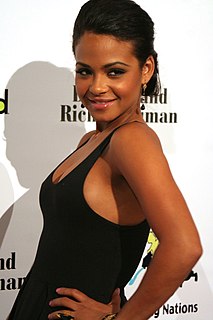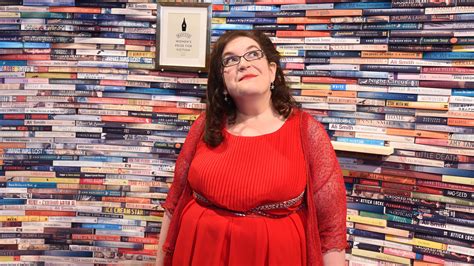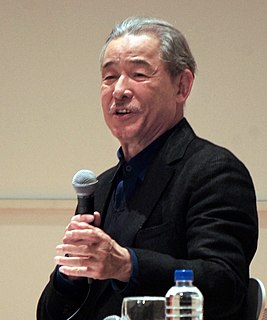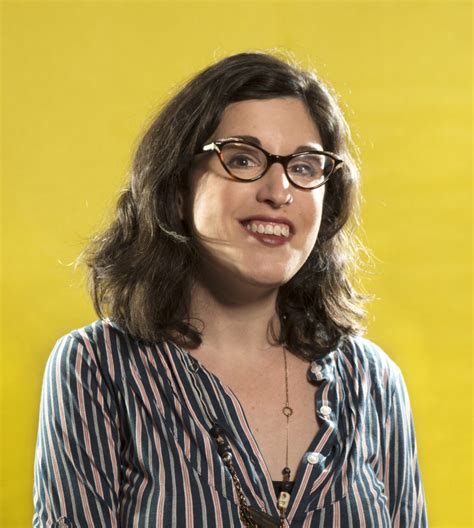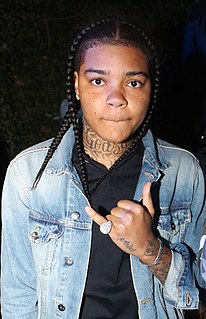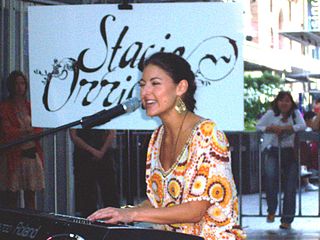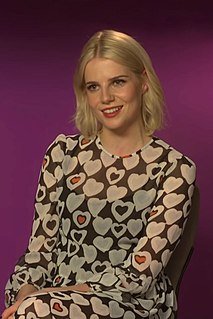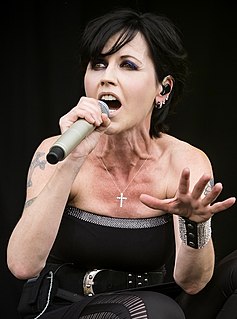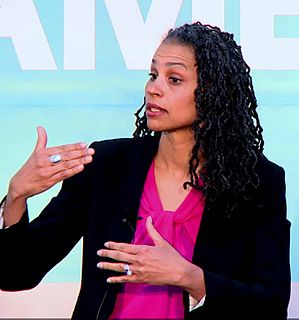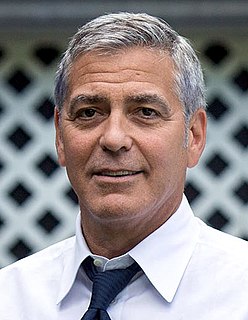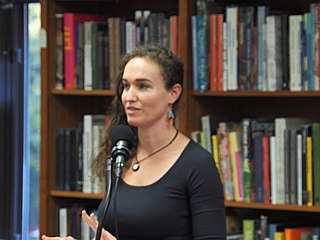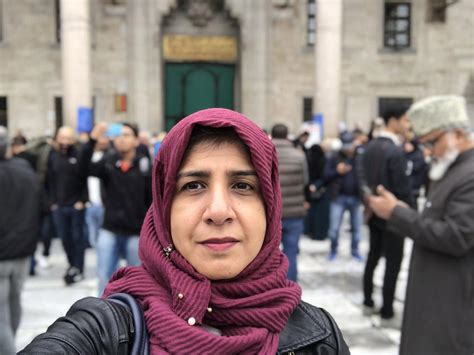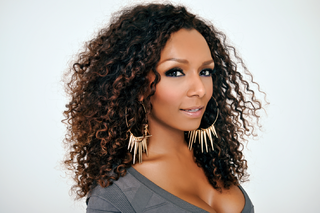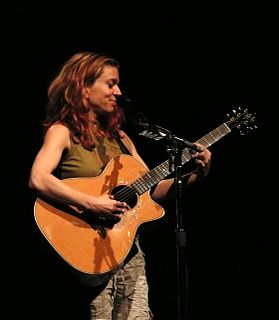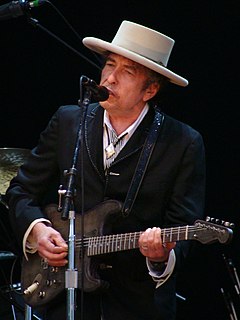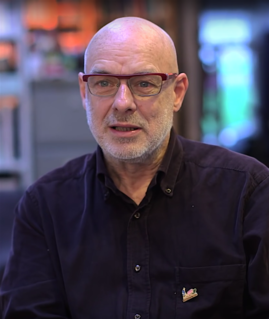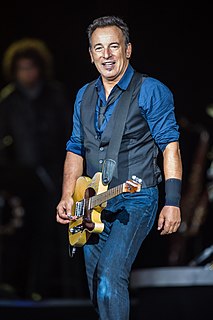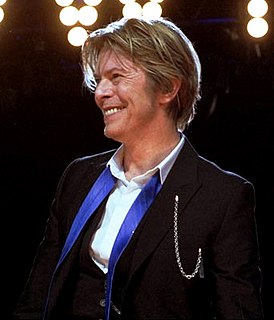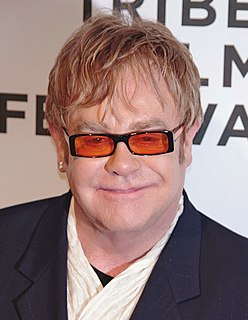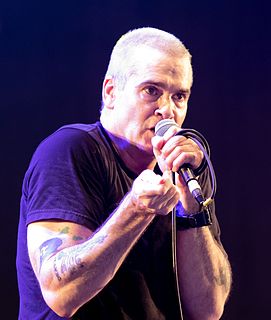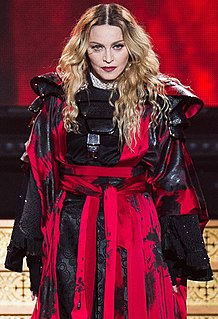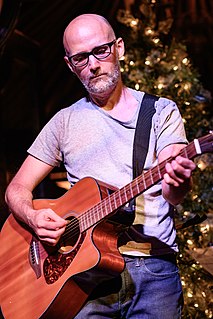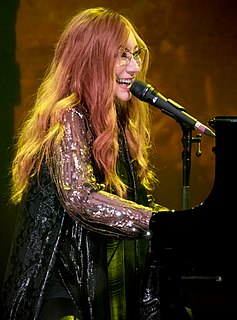A Quote by will.i.am
Although, okay, in Scotland, the boys wear the skirts. But as far as pop culture, women were on the forefront of the unisex movement and I'm grateful to you.
Related Quotes
'We Are Pop Culture' is my clothing line for women that started with just T-shirts. The clothing line is urban street wear. It's for women that feel confident in their own skin and want to express themselves. The whole idea is to play with modern pop culture and previous pop culture using art and sayings.
The nineties as a pop cultural sphere was a really fertile time for feminism that was grounded and located in popular culture. I'm talking about before the Spice Girls - Sassy Magazine, riot grrrl, the Beastie Boys, Nirvana. You had this alternative culture that was very much speaking up on behalf of women and in favor of women.
I have always dressed a little bit differently, even when I was in school. I would wear skirts over pants because I went to a Christian private school and wanted to wear short skirts, but we had to wear skirts below our knees, so I put on a pair of jeans underneath so I could wear the skirt, too. When you become an artist you have to be so aware of what you're wearing all the time, but I've definitely wanted to stay classy, girlie, and feminine - I won't walk around in my bra or trashy clothes. I don't feel attractive that way.
An Islamic writer recalls her joy in the clothes she wore as a young girl at a wedding: They were always in beautiful bright colors: crimson, pink, turquoise, purple, and embroidered with sparkling crystals, sequins and beads. ... The older girls and women would wear glamorous heavily-beaded silk blouses and long, princess-like skirts. I wanted to wear those fairy-tale clothes too. I longed even more to wear a sari which the women wore so elegantly and which flattered their curves.

